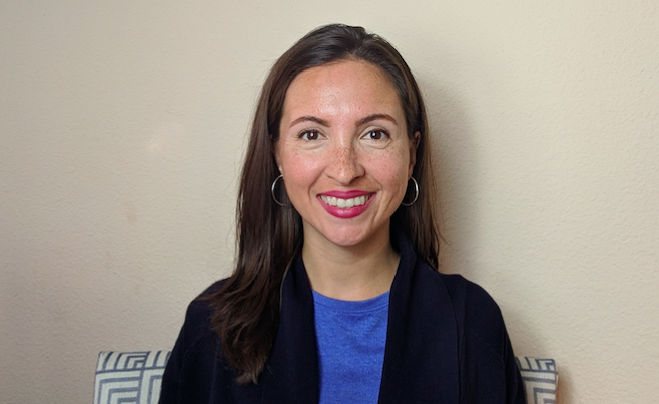Introduction
The U.S. work setting is an exhausting and stressful place. This is not a surprise. For decades, research has reflected to us the dire state of work life. For example:
- 40% of workers reported their job was very or extremely stressful (CDC)
- 18% had experienced some sort of threat or verbal intimidation in the past year (Marlin Co)
Within job niches, like the nonprofit sector, the reality is even harsher! There are 12-million professionals working in the nonprofit sector; this sector is the third largest employer in the U.S. We should be alarmed by the context for our community transformation colleagues – who I refer to as “nonstop professionals” – as this situation impacts us all. For example:
- 50% of nonprofit professionals are already experiencing burnout or are at-risk for burnout (Opportunity Knocks)
- 45% of nonprofit professionals plan to leave their current job within the next two-years related to the work stress involved in their position (Opportunity Knocks)
The Cost
The cost of the stressed work life includes biological harm to ourselves as well as decreased effectiveness on the work and missions that we love so much. For example:
- Staff who experience the combination of high demands, low discretionary power, and an imbalance between efforts and rewards have increased risk of heart disease and mental illness. (Head et al., 2007)
- Staff who work 70-hrs/week for years have weak connections in their prefrontal cortex fail to down regulate from laboratory induced stressors. (Golkar et al., 2014)
- Chronic and cumulative contact with vicarious trauma is linked to depression. (Regehr et al., 2004)
- As much as 41% of staff who serve stigmatized groups are known to take a leave of absence for health reasons. (Phillips et al., 2012)
- Vicarious trauma can negatively impact staff members’ long-term mental health, relationships, and worldview. (Aparicio et al., 2013)
- Staff members’ likelihood of developing coronary heart disease increases by 34% when facing high demands and low discretionary power. (Steptoe et al., 2013)
Micro-Actions
“Micro-actions” are small steps, backed by science, to support your wellness. The goal here is to experiment, stay curious about, and sprinkle in micro-actions in all realms of your life. Below, we have a list of just such micro-actions.
Tip 1
Give yourself permission to make micro-actions for your wellness; shed that “go big or go home” tendency.
Tip 2
Assign yourself as the concerned ambassador for wellness and longevity, communicating that there is another way among your badass nonprofit colleagues.
Micro-Action Ideas
While this list is not exhaustive, it will get you on your way to using micro-actions in your work life and other realms! We’re rooting for you!
1 | Trees: Literally being in nature or as close as possible (e.g. sitting among trees, surrounding your work space with images of nature, etc.) can improve health by reducing stress (i.e. improved mood and reduced blood pressure); there are many benefits to this nature-stress-reduction-experience including improved immune function.
2 | Water: Something as basic as staying hydrated (i.e. based on your body size) can improve your memory and reduce headaches!
3 | Sick Days: Use your sick days even if you’re not all that sick (i.e. “they’ll be fine without you” in the span of your lifetime); in service work, so many professionals don’t use their sick days and/or wait until they can’t move from the bed to decide to use those days. Overall, when you’re sick use sick days because its associated with better selfcare.
4 | Wellness services and retreats: Shop around for cost and quality. Here are our wellness opportunities. Using ours as a guide, you can explore more wellness services online. Look for certified practitioners who take you through learning innovative, research-based wellness activities to be easily sustained on your own.
Why did we develop 2 Tips videos?
We know that many professionals and organizational leaders do not have the funds to partner with specialists (like us) and/or the time to strategize on what might seem like extra projects.
We launched these 2 Tips videos to support you with making tweaks, adjustments, and refinements in programs and operations — doable for busy professionals like you!


Recent Comments